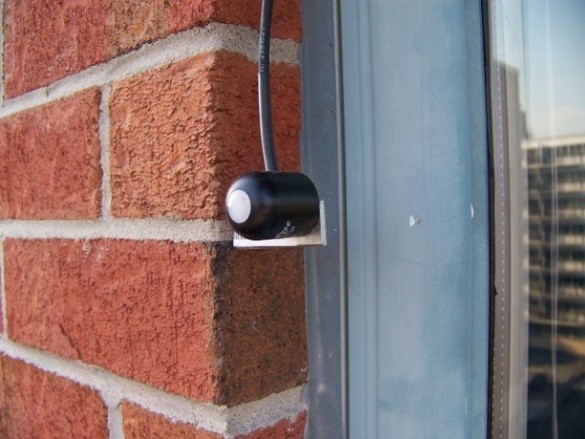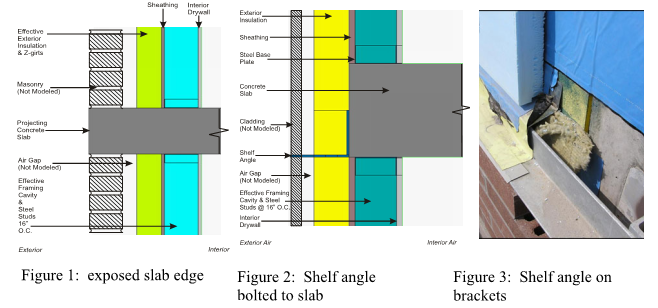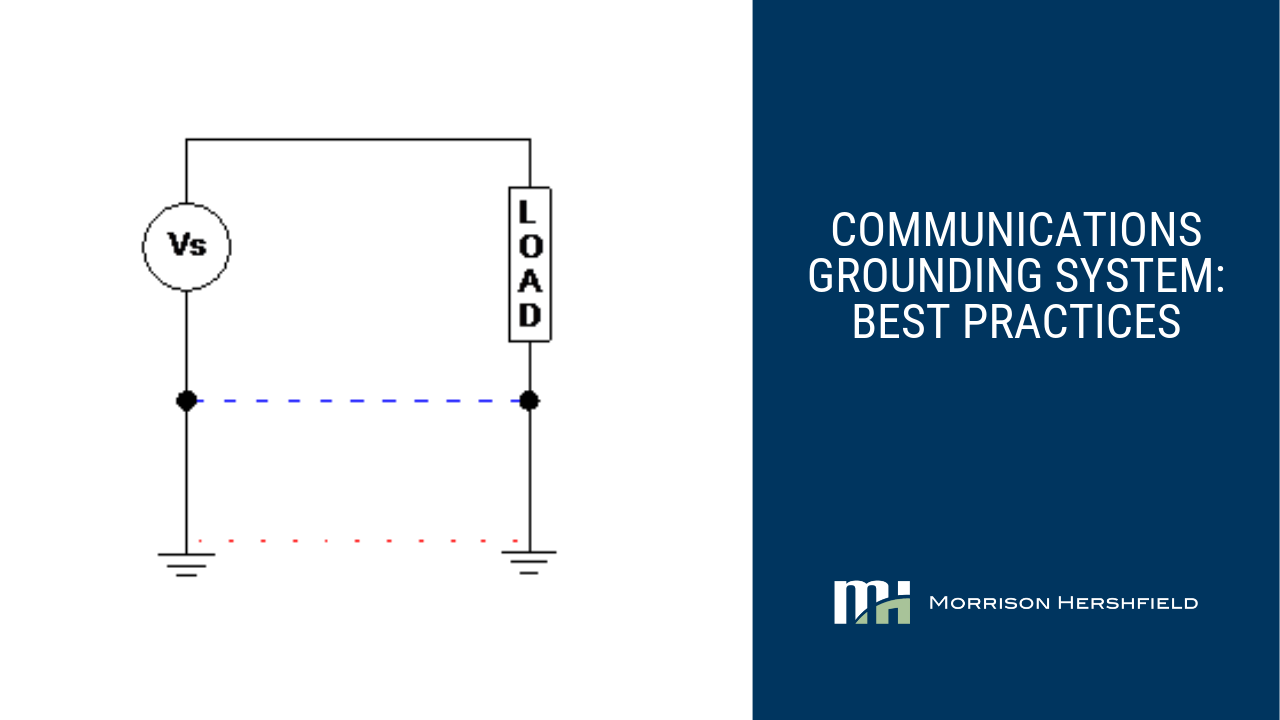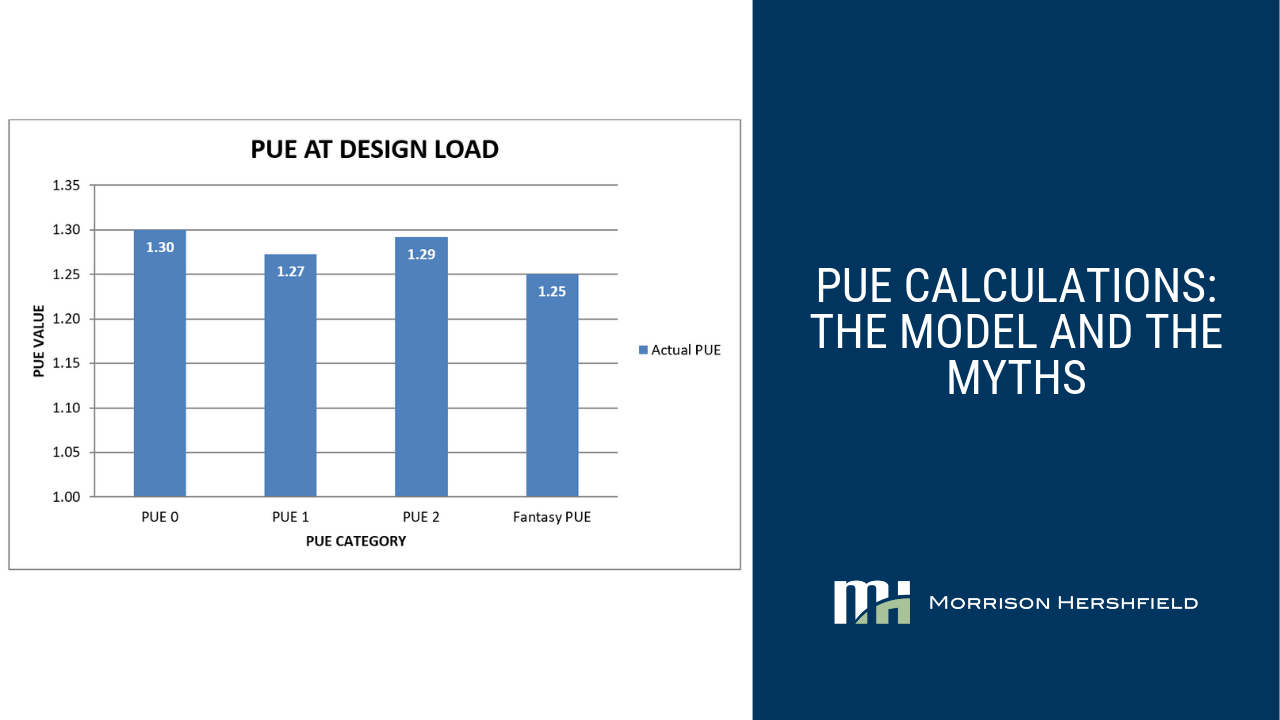The reliability of mission critical power systems depends upon not only the quality of power distribution equipment but the overall integrity of the installation. Incorrect selection of wiring types and the manner in which their terminations are made can embed underlying risks which may not be immediately evident. As there are many varieties of wiring types, each having properties advantageous for particular applications, there are also many types of wiring termination materials to be considered for system reliability. Incorrect wiring connections frequently become the weakest element in a critical power path. However, to select the proper and most effective conductor termination hardware and evaluate its strengths and understand its shortcomings, an awareness of the various types of cables available, their construction, and the particular applications to which they are suited.
Morrison Hershfield
Recent Posts
High or Low-E? Low-E Coated Glass for Apartment Buildings
The dominant form of apartment building design in major urban areas in Canada is the double-loaded corridor type in which most apartments tend to face in opposite directions and have exposure only on one face of the building, although the plan shape could vary. Less common are three wing, four wing (cross) and L-shaped plans. In these buildings, some apartments might have exposure to more than one side of the building and only rarely on opposite sides.
Optimizing Gains while Undergoing Building Envelope Renewals
Nobody likes spending large sums of money on their assets when one or more building envelope assemblies have reached the end of their service life. Yet, major renewals are inevitable for long-term building assets.
Design Implications of Glazing Ratio Restrictions
Recent energy codes set the trend for significant improvements to the thermal performance of the building enclosure. These new codes challenge building owners who desire large expanses of vision glass to utilize higher performance technologies. The implication of glazing ratio on glazing system U-values and spandrel panel design will be presented including a comparison of prescriptive versus performance-based approach to code compliance.
Real R-Value of Exterior Insulated Wall Assemblies
The recent drive towards sustainable building construction has placed new emphasis on the provision of durable wall assemblies that provide a high effective resistance to heat flow (R-Value).
The authors’ practice focuses on large multiresidential, commercial and institutional buildings constructed of concrete, steel, masonry and glazing systems. In these types of buildings thermal performance has not historically been treated as a high priority item. Now, however, the requirements of sustainability programs such as LEED are requiring architects to design wall systems that provide high levels of thermal resistance. Architects are often shocked at the difference between effective R-value of a proposed opaque wall assembly and the nominal R-value of installed insulation materials. The difference is a result of the thermal bridges associated with structural elements and connections that pass through the building thermal envelope.
The Concept of Linear and Point Transmittance and its Value in Dealing with Thermal Bridges in Building Enclosures
Thermal bridging through insulating layers can greatly reduce the thermal performance of building assemblies. As such, determining the effects of thermal bridging is often of immense importance to building engineers, energy modelers and architects in accurately designing a building. This can be very difficult to accomplish, and as a result many building codes and standards do not comprehensively address this problem.
Design Considerations for Open Joint Rainscreen Assemblies
Recent years have seen an increased trend towards rainscreen cladding system for the benefits they offer in terms of rain water management. These systems typically consist of an exterior cladding, a drainage cavity and a back-up weather resistive barrier.
Communications Grounding System: Best Practices
PUE Calculations: The Model and the Myths
This White Paper explores some of the more common Power Usage Effectiveness (PUE) calculation mistakes and myths while demonstrating their impact on PUE values calculated for a specific data center facility design project.
Electrical Load Bank Planning: Best Practices for Cx Testing
The use of load banks, portable or permanent, during the commissioning process to simulate encountered electrical loads has many facets. Loads banks provide electrical loading (kW) as well as mechanical loading (BTU’s).








